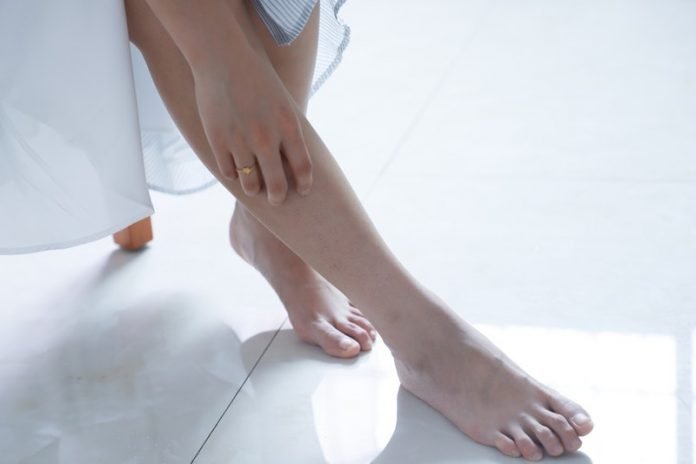
In a recent study, researchers develop innovative in-sole sensors that will alert diabetic patients during excessive or extended activities that could trigger foot ulcers.
The LOad Monitoring and Intervention System (LOMIS) analyzes real-time data from three directional force sensors and detects physical activities over a long time.
Risk alerts are sent to patients through an app to reduce the risk of ulceration and amputation.
The study is from the University of Southampton. One researcher is Professor Liudi Jiang.
Over 3.3 million people in the UK have diabetes and this is expected to increase to five million by 2025. The NHS spends around £1.13 billion every year on diabetic foot ulcer-related care.
Prevention is predominantly through patient education and scheduled foot screening every three, six, or 12 months.
However, a foot ulcer can occur quickly, even within a day. People with diabetes often cannot feel foot pain and so fail to recognize the early warning signs.
Therefore ulcers often go unnoticed and untreated, and then the risk of amputation is increased.
According to the team, 80% of foot ulcers may be preventable by better management of the forces applied to the sole of the foot.
The LOMIS strategy is to alert patients during excessive loads using force sensors underneath the foot that can ‘feel’ the load for those who have lost their foot sensation due to the disease.
App alerts then help patients change their behavior at precisely the right time and provide advice such as taking a break or considering public transport.
Pilot studies have demonstrated clinical feasibility, comfort when worn and the ability to distinguish differences in foot-loading between people with and without diabetes.
There are over 60,000 people with diabetic foot ulcers in England at any given time, and 160 foot ulcer-related amputations every week – unfortunately over 60 percent of these people may die within five years of amputation.
Current systems only measure and manage compression pressure, whereas shear forces are critical in the cause of ulceration.
The LOMIS system further enhances its effectiveness by considering the fourth dimension of different activities, such as walking or climbing stairs, and the fifth dimension of time, where plantar tissues can change physiological status and load tolerance due to deformity and conditioning.
If you care about diabetes and your health, please read studies about this diabetes drug could reduce body fat in people with obesity and findings of newer diabetes drug can protect kidney and heart health.
For more information about diabetes prevention and treatment, please see recent studies about this weight loss drug could strongly benefit people with type 2 diabetes and results showing that this new type of diabetes can be an early sign of pancreatic cancer.
Copyright © 2021 Knowridge Science Report. All rights reserved.



